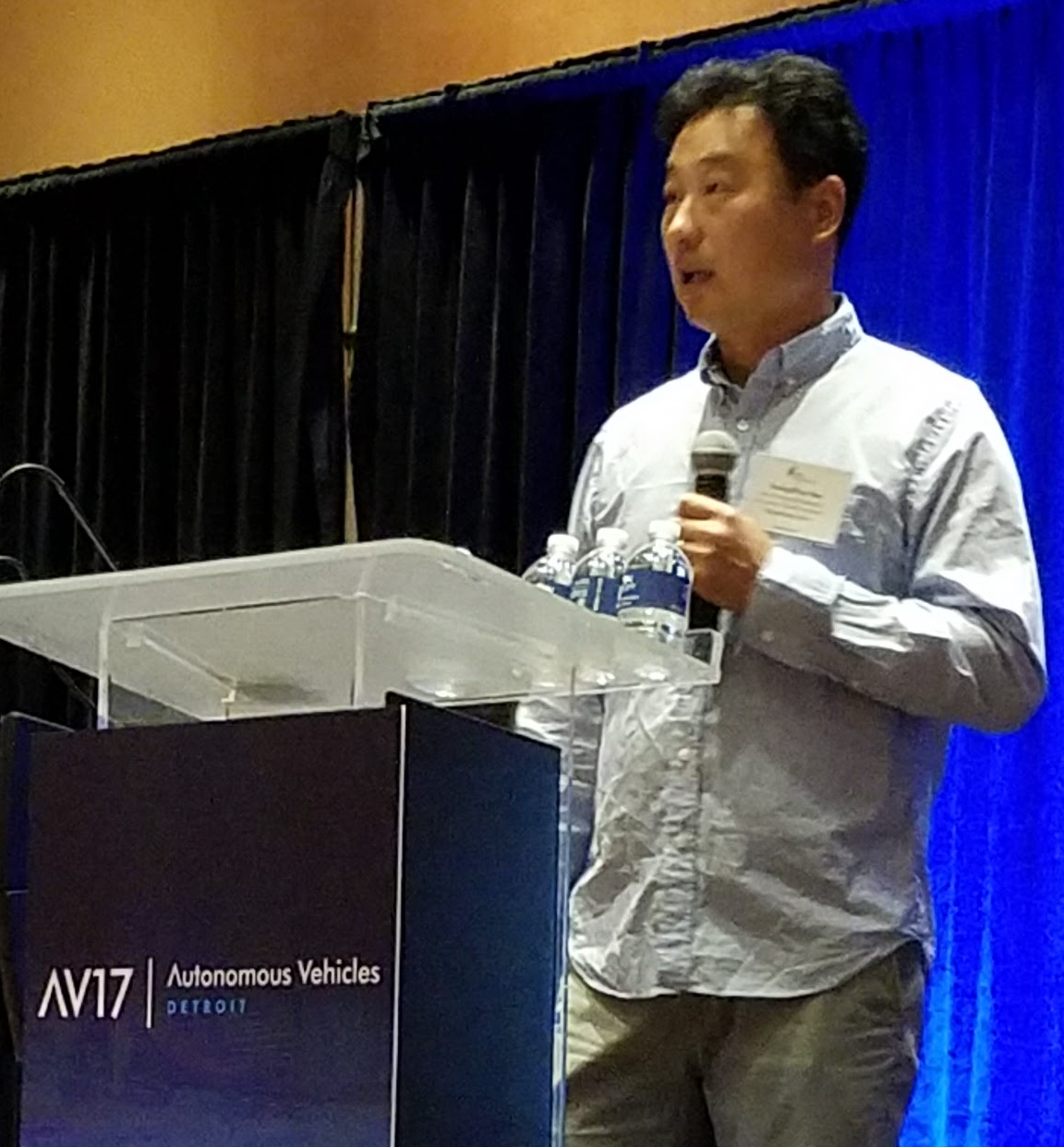Kernel-based traffic sign tracking to improve highway workzone recognitioni for reliable autonomous driving
Published in ITSC-13, 2013
To be deployed in the real world, a self-driving car must be capable of responding to exceptional road conditions, such as temporary work zones, because such events can change previously known traffic rules and road geometry. To develop such a capability, we implemented a computer vision system that recognizes the bounds of highway workzones by detecting regulatory and warning workzone signs. Because it is not practical to expect perfect performance in sign recognition, we also developed a confidence-propagation method to handle potential sign recognition errors. The performance of highway workzone recognition was improved by confidence-propagation, but our approach is not easily scalable to some real-world scenarios. Instead of only propagating sign classification confidence, in this work we project the appearance information of previously detected signs onto the current frame, to constrain the region for searching. Through experiments, we show that kernel-based tracking reduced the miss and false detection rates, result in a better performance of highway workzone recognition. In this paper, we present our on-going effort to further improve the performance of our highway workzone recognition system..
JongHo Lee, Young-Woo Seo and David Wettergreen, Kernel-based traffic sign tracking to improve highway workzone recognitioni for reliable autonomous driving, In Proceedings of the IEEE International Conference on Intelligent Transportation Systems (ITSC-13), pp. 1131-1136, 2013.
